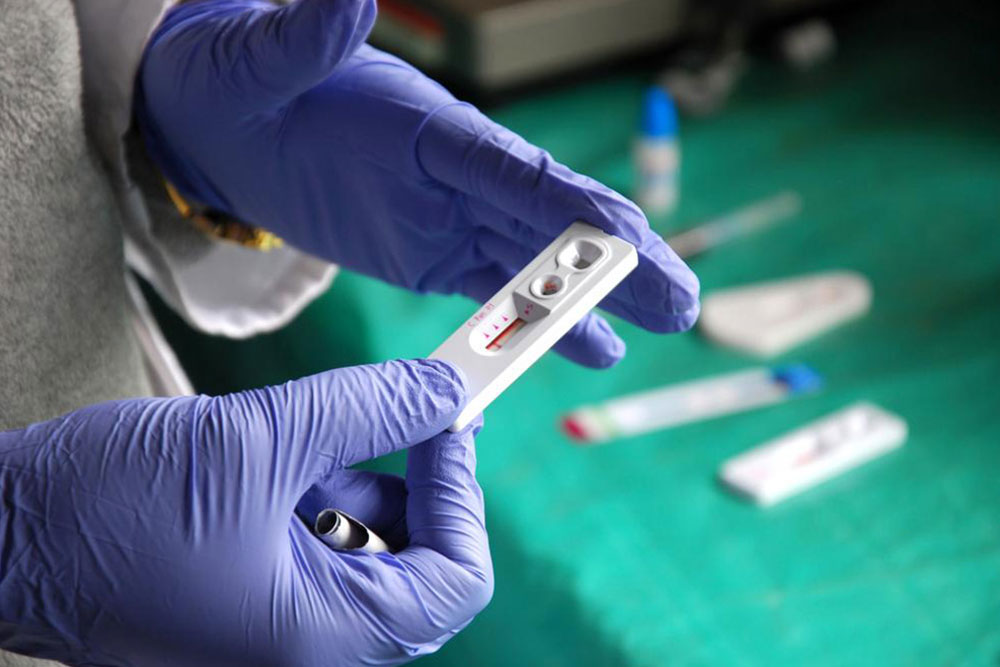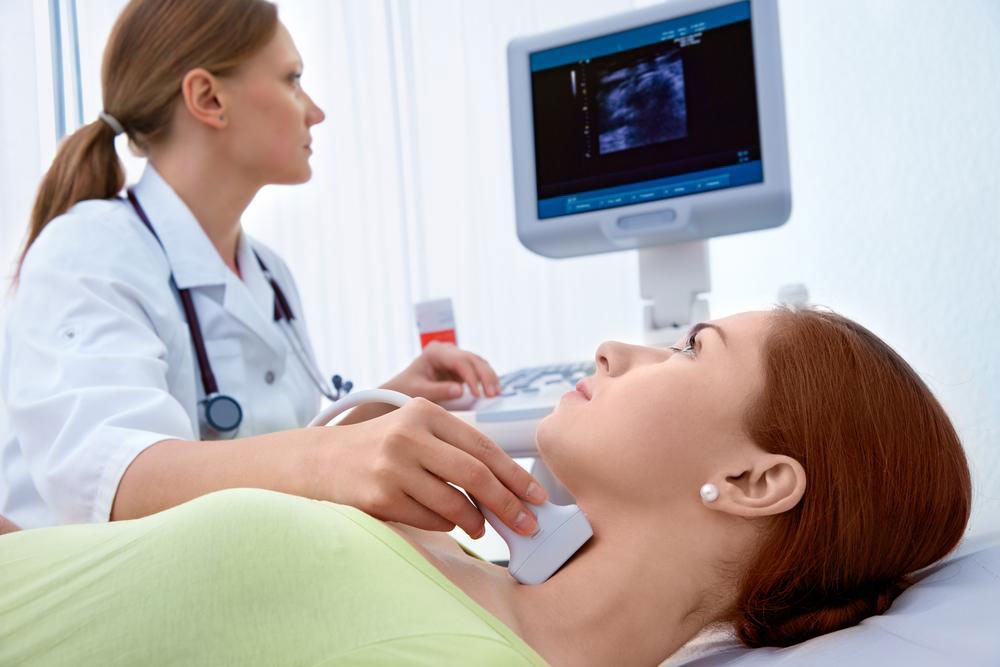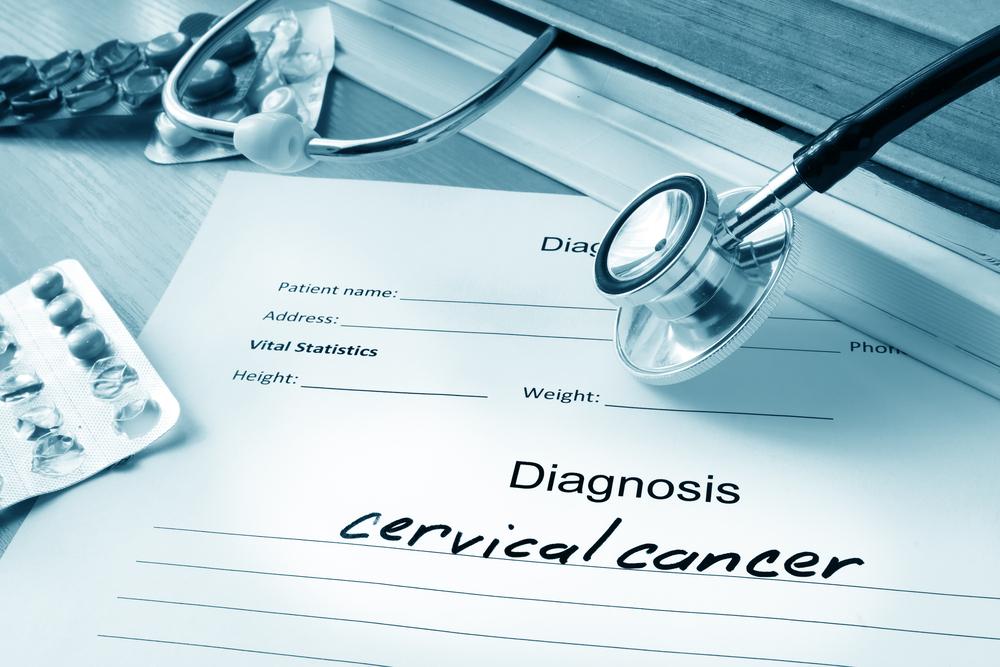In-Depth Understanding of Cervical Cancer: Causes, Symptoms, and Treatment Strategies
This comprehensive article explores cervical cancer, covering its causes, symptoms, and treatment options. It emphasizes the importance of early detection, HPV vaccination, and regular screening to prevent the disease and improve patient outcomes. Learn about the types of cervical cancer, risk factors, warning signs, and modern treatments available to combat this preventable disease effectively.

An In-Depth Overview of Cervical Cancer: Key Facts and Insights
Cervical cancer remains one of the leading health concerns affecting women across the globe, manifesting at various stages of life and often remaining undetected until it advances significantly. This type of cancer originates in the cervix, which is the lower segment of the uterus that connects the uterus to the vagina. Understanding the anatomy, causes, symptoms, and available treatments of cervical cancer is crucial for early detection and effective management.
The cervix comprises two primary anatomical regions: the ectocervix, which protrudes into the vagina, and the endocervix, the canal that leads inward toward the uterus. During childbirth, these regions play a vital role by dilating to facilitate the passage of the baby. However, when cellular abnormalities occur within these tissues, they can develop into malignant tumors if not diagnosed and treated timely.
Extensive research indicates that if left untreated, cervical cancer can metastasize, spreading to distant organs such as the lungs, liver, bladder, rectum, and vagina. Such metastasis complicates treatment options and can significantly impact survival rates.
The two predominant types of cervical cancer are:
Squamous cell carcinoma: Accounts for approximately 80-90% of cervical cancers. It develops from the flat epithelial cells that line the outer surface of the cervix, known as squamous cells.
Adenocarcinoma: Represents about 10-20% of cases, originating from the glandular cells lining the inner cervical canal, which are responsible for mucus production.
Mixed-type cancers may involve regions where these two cell types meet, complicating diagnosis and treatment planning.
Causes and Risk Factors for Cervical Cancer
The primary etiological factor in cervical carcinogenesis is the abnormal proliferation of cervical cells, driven by multiple risk factors:
Human papillomavirus (HPV) infection: The most significant contributor. Certain high-risk HPV strains (notably HPV 16 and 18) infect cervical epithelial cells, damaging DNA and disrupting normal cell cycle regulation. Viral proteins E6 and E7 interfere with tumor suppressor genes like p53 and Rb, facilitating malignant transformation.
Smoking: Tobacco exposure introduces carcinogens that damage cervical tissue, greatly increasing the risk. Smokers have been shown to be four times more likely to develop cervical cancer compared to non-smokers.
Multiple sexual partners: Increase the likelihood of HPV exposure and infection, elevating the risk further.
Persistent infections and immune system status: Weak immune responses can hinder HPV clearance, allowing persistent infections that heighten cancer risk.
Long-term use of oral contraceptives: Prolonged use over several years has been linked to increased risks, though the causality remains under study.
Recognizing the Signs and Symptoms
Early stages of cervical cancer are often asymptomatic, which underscores the importance of regular screening. As the disease progresses, symptoms may include:
Unusual vaginal bleeding, especially post-coital, between periods, or after menopause
Persistent pelvic pain or discomfort
Unexplained vaginal discharge that may be watery, bloody, or foul-smelling
Pressure symptoms or difficulty urinating or defecating if the tumor obstructs urinary or bowel pathways
Advanced disease may cause kidney failure due to urine flow obstruction
Currently Available Treatment Options
Effective treatment of cervical cancer depends on the stage of the disease at diagnosis. Options include:
Surgical procedures: For early-stage tumors, hysterectomy (removal of the uterus) may be performed to eliminate the cancer; during this process, nearby lymph nodes are also examined for metastasis.
Radiation therapy: Utilizes high-energy rays to target and destroy cancer cells. It can be used alone or in conjunction with surgery or chemotherapy, especially for locally advanced disease.
Chemotherapy: Involves the administration of anti-cancer drugs, often intravenously, to kill malignant cells. Chemotherapy can be primary or adjuvant (combined with radiation or surgery) and is essential for controlling advanced or metastatic cases.
Emerging therapies: Targeted therapy and immunotherapy are under research, offering hope for more personalized and effective treatments in the future.
Prevention strategies, such as HPV vaccination and routine screening with Pap tests and HPV testing, have significantly reduced cervical cancer incidence in many regions.





